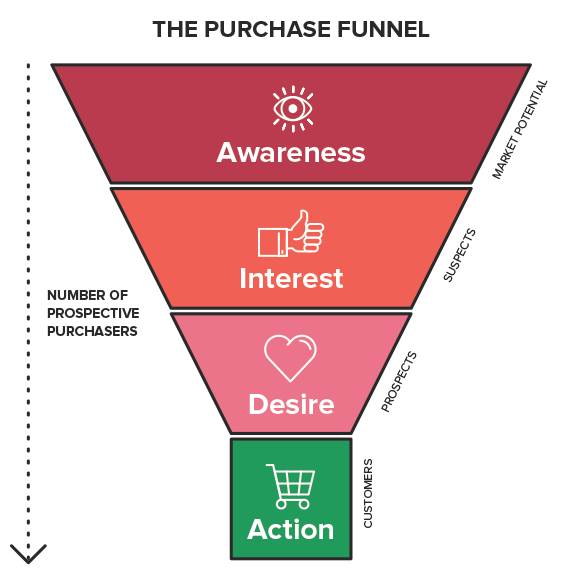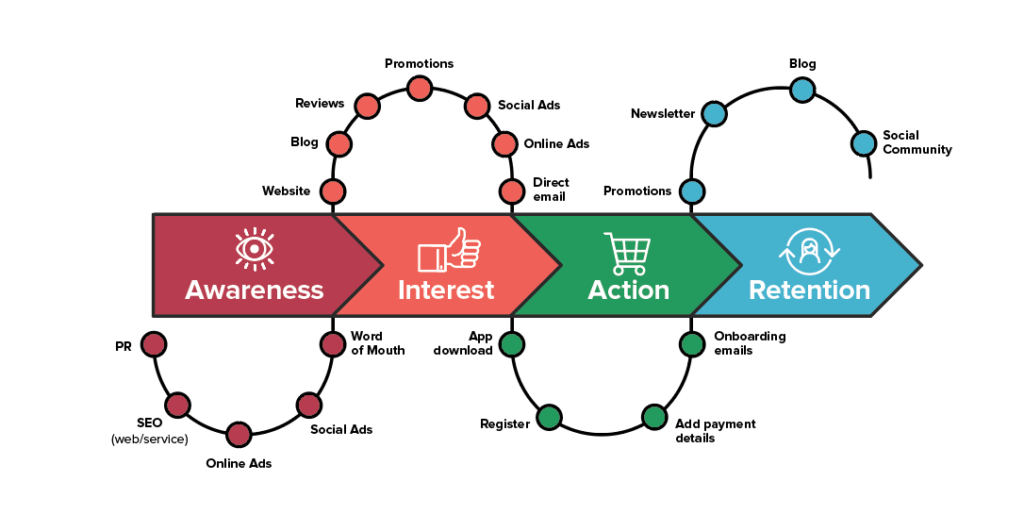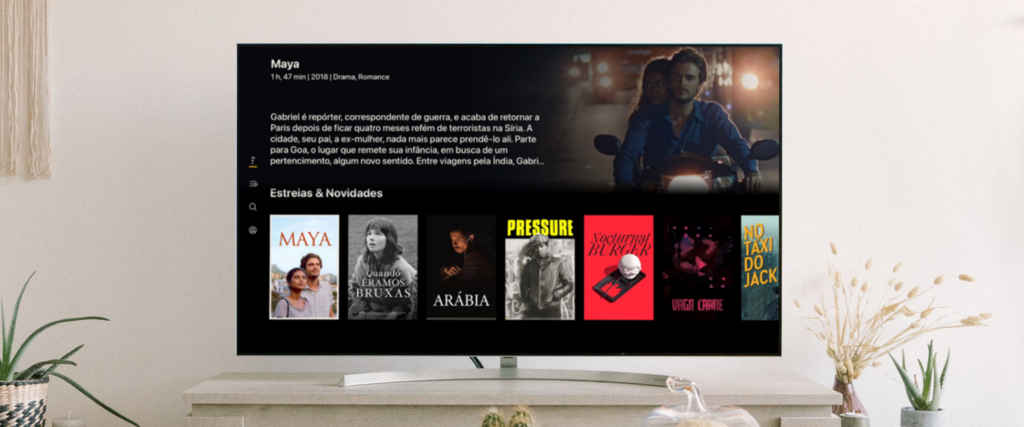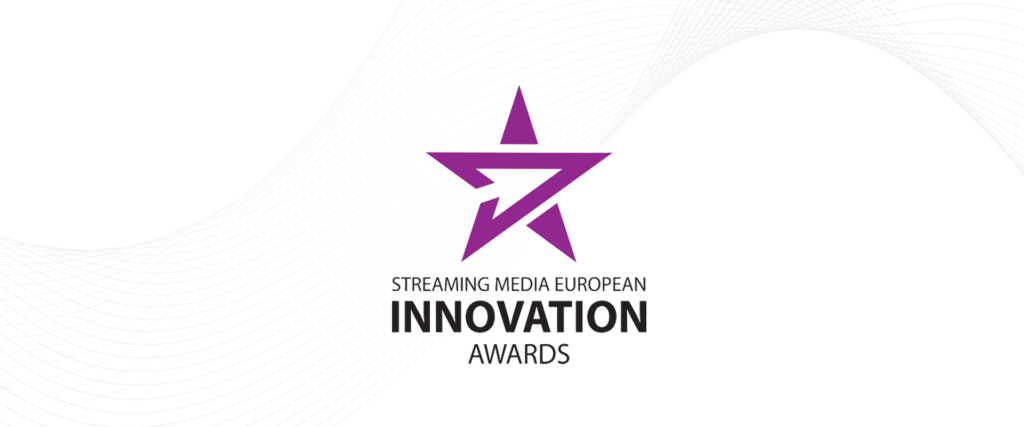Converting Leads into Loyal Subscribers: Part One
Loyal subscribers don’t tend to form long virtual queues on the day a new OTT service is launched. A well-executed pre-launch marketing plan may drive a lot of traffic but there’s no guarantee those that show up will sign up and stick around.
Converting potential customers into paying subscribers requires pre-planning and a good marketing strategy. To be successful, you need to optimize your conversion funnel and user journey. Conversion funnels apply to all online sales-focused businesses and outline the journey a potential customer will take before they commit to purchase. In it’s simplest form, the conversion funnel has four main steps that we’ve outlined below.
Awareness
The first stage is all about building awareness around your brand and service. At this point, the funnel is broad because although a large volume of people may become aware of your service through marketing, they may not be interested in going further and finding out more.
In order to successfully build awareness that leads to subscribers, focus your digital marketing efforts on a defined target audience. Use social media to reach out and spread awareness, run targeted paid ads online and ensure you’re website and service is SEO optimized to improve organic reach.
Interest
At this stage, only those who are aware and interested will look for more information and effectively enter the funnel. This may be reflected in increased click-through rates on your paid ads or even a boost in organic SEO-lead traffic.
The trick here is to keep interested visitors engaged. You need to give them a better understanding of what your service includes and the value it provides. Offering promotions or discounts on your website in exchange for visitor emails is a great way to keep them moving through the funnel. Once you have their email address, you’ll be able to send more helpful info and reminders to them later.
Desire
The funnel will shrink further because not all those who showed interest will actually want the service after they learn more. This stage is predominantly influenced by the service itself and in particular what content is available and whether it appeals to them. It is here that you need to show potential customers why they need your service – what are you offering that others on the market aren’t? Or, what is it you do better?
Ramp up your marketing efforts here and retarget those who have visited your website or service but not committed to subscribe just yet.
Action
This is the smallest part of the funnel as only a small percentage of the original leads will want to take action and subscribe. It’s important at this stage that the process to do so is simple and straightforward to minimize bounce.
Even after customers have taken action you need to stay active to reduce churn. Automated onboarding emails are a great way to introduce customers to your service and remind them to come back regularly to watch new content. You can also use your social channels as a tool to keep them engaged and up-to-date on new features, content or promotions.
The funnel above gives a great overview but mapping out a detailed user flow will ensure your strategy is tight and easy to follow. It also gives you an opportunity to outline what channels you want to utilize, alongside customer comms that need to be in place pre, during and post launch. Here’s an overview of a typical user flow, which also includes the retention stage you’ll need to consider after action.
In part two we look more closely at the digital ecosystem and the ideal channel mix for marketing a new service. You can also check out our post on 5 ways to reduce your OTT subscription churn rate.
______________________________________________________________________________________________________
Want more advice and support on converting leads into loyal subscribers? Get in touch with the Magine Pro team and find out how we can help. You can also learn more about our branded OTT solutions and services here.






